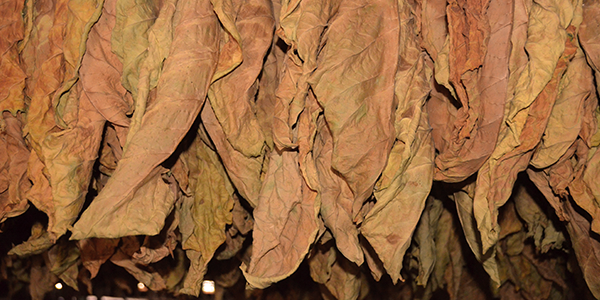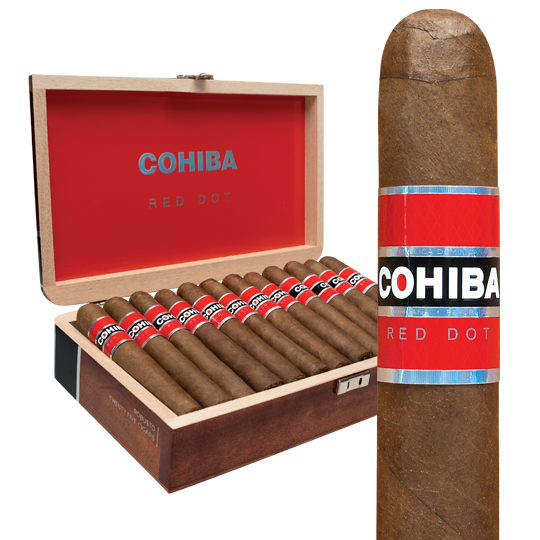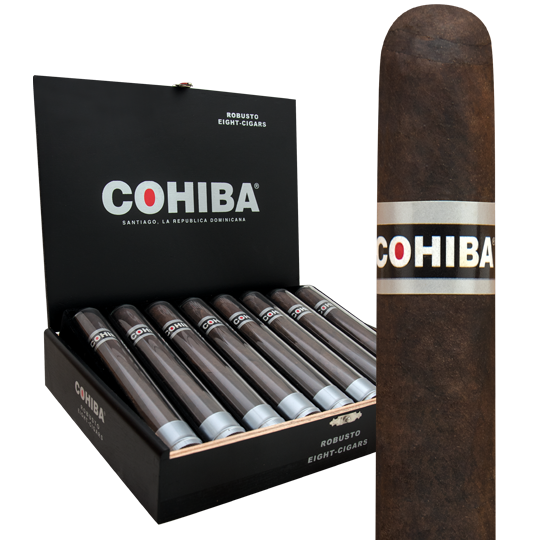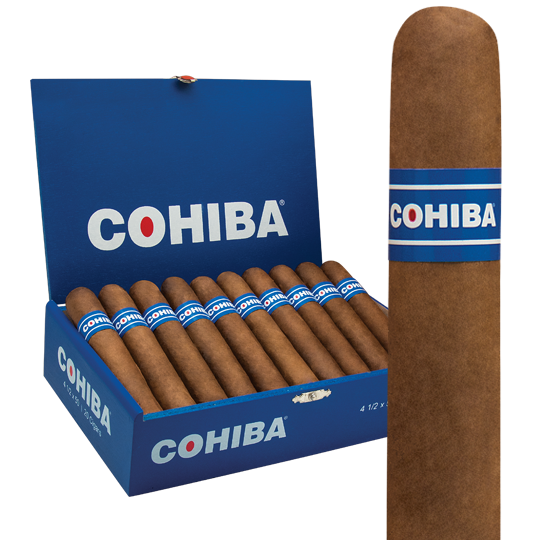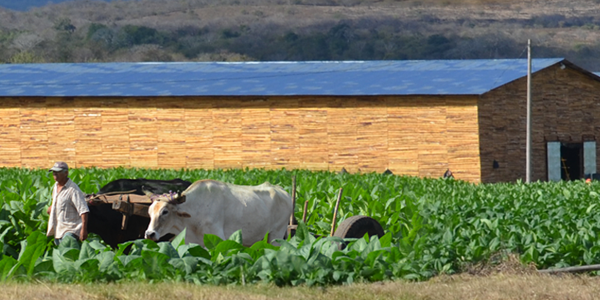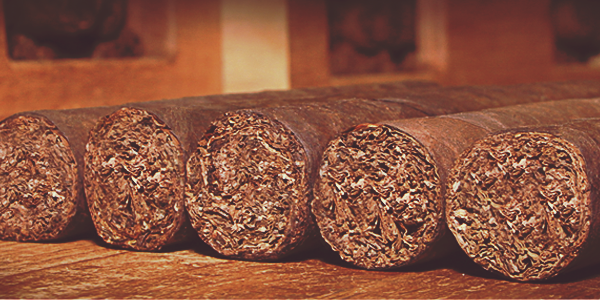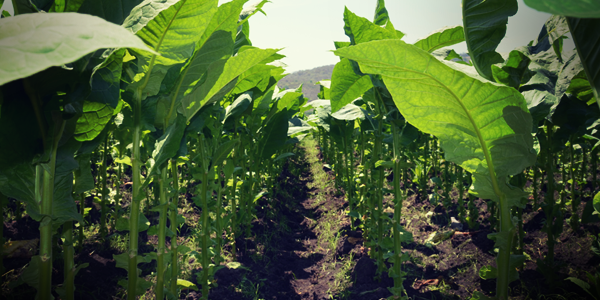The Process of Fermenting Tobacco
Have you ever smoked a cigar and tasted a sourness that overwhelmed the usual complexity of the smoke and great flavor you enjoy? That’s probably ammonia. Not good. Ammonia occurs naturally in tobacco, and before the leaves are ready to be aged and later rolled into cigars, the ammonia needs to be eliminated. To accomplish that and other objectives, cigar tobacco leaves are fermented.
Curing
After the leaves are “primed,” meaning the mature leaves are picked, they are tied together, placed on a bar and hung in a building – casa de tabaco – usually next to the fields to be cured. Curing is the process of allowing the moisture to be removed from the tobacco. The color turns from green to yellow to dark brown. Temperature in the curing barns, between 70°F and 78°F, is controlled by opening and closing doors and windows until the desired result is achieved, usually in about six weeks. After that, the leaves undergo a fermentation process of one, two and sometimes three steps that removes toxins and other impurities.
The First Fermentation
After curing, the leaves are moved carefully and bunched into gavillas, or hands, of five or more leaves. The hands are then laid in short piles called pilones, which generates heat, and a thermometer is inserted into the middle of the pile through a long PVC tube. While different types of tobacco are fermented to different standards, generally once the temperature reaches 95°F, the piles are disassembled and the gavillas are shaken to remove excess moisture and to cool them. The pile is then reassembled and this process is repeated for about 30 days. The leaves are then sorted into wrappers, binders and fillers, with the thick stems removed from the latter two types of tobacco. The second fermentation then begins.
The Second Fermentation
After being reclassified, the leaves are piled into bigger burros about four to six feet tall. They are then re-humidified, which expedites the fermentation, and the same disassembling and reassembling occurs over the course of about 60 days. This second step has the most impact on the flavor and aroma of the cigar. Go into the fermentation room and you’ll likely be overwhelmed by the ammonia being released by the tobacco leaves.
Of course, the length of fermentation varies by type of leaf. The stronger ligero, or top leaves, will take the longest as they are the most robust and dense. The seco, or middle leaves, and the volado, or bottom leaves, won’t take as long. In this second step, the temperatures are carefully watched and kept below 108°F to 140°F. If the temperature goes higher than 140°F, the tobacco begins to “burn out.” At that point, the reassembling of the burro occurs.
Fermentation Number Three?
A third fermentation was added to the tobacco used in the Cuban Cohiba cigars. The tobacco leaves are placed in barrels at relatively low temperatures. The idea is to give Cohibas a richer, more nuanced flavor. Great, but too much fermentation can result in exhausting the tobacco of vital properties that influence aroma and flavor. This third step is viewed by some as a way to slow-age the tobacco. Some believe a third fermentation has little effect on flavor. After fermentation is complete, tobacco leaves are packed into bales for aging. As we all know, how long tobacco is aged, allowing for the release of tannins and the increasing of sugar levels, can make for some wonderfully different smoking experiences.
In truth, no cigar maker’s fermentation process is exactly like another’s. Each brand has its own recipe. The size and layout of the tobacco piles can vary, and so can the temperatures and lengths of fermentations. Add to that the ever-changing quality of each year’s crop of tobacco, and the leaves that are selected for blending, and the fermentation becomes as much art as science. Here’s to the great artists.

